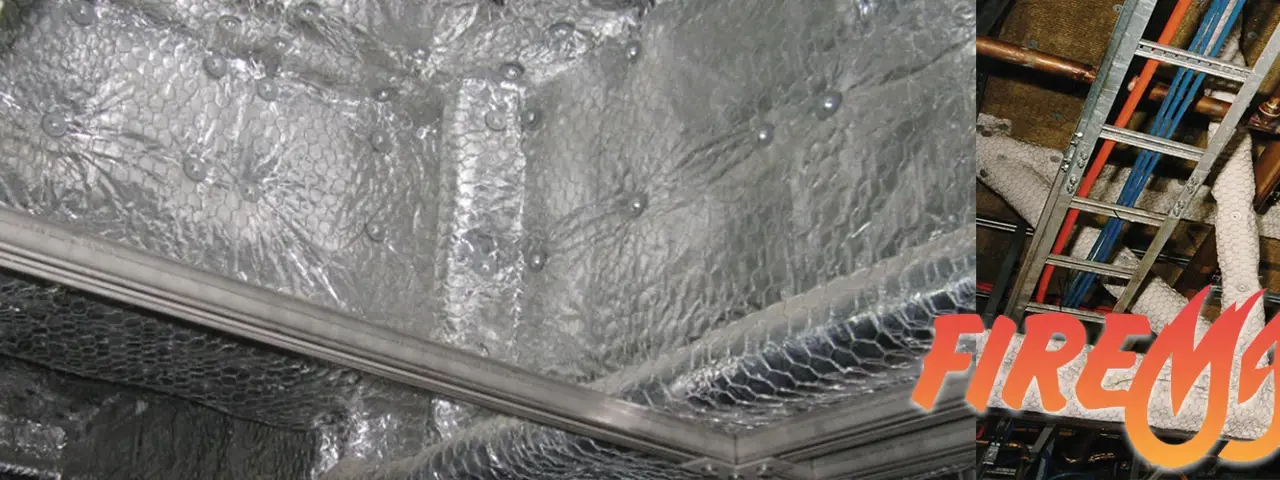
FireMaster Structural Steel Fire Protection
Cellulosic and hydrocarbon fire insulation to steel beams and columns and jet fire protection for tubular sections
Our FireMaster® Blanket solutions and systems provide fire insulation to steel beams and columns to maintain load-bearing capacity in a fire, thus preventing collapse of the structure they support.
Traditionally, fire insulation is required to ensure the steel temperature does not exceed 550°C, the point at which steel retains 60% of its room temperature structural strength.
However, different maximum temperatures are often specified, considering the temperature profile and load on the sections. Critical temperatures ranging between 400°C and 620°C are common, with 400°C widely used in the offshore industry.
- Tested to EN 13381-4 standard in both cellulosic and hydrocarbon fire exposure
- Fast and simple to install using welded pins. No complicated fixing or preparation work required
- Ideal for complex shapes, the blanket is flexible, wrapping around the steel profile
- Low waste due to minimal cutting required to fit around complex structures as well as low weight contribution
- CE mark for cellulosic system
- Type approval from Lloyds Register for Hydrocarbon system
Declaration of Performance Certificates for Structural Steel
Resources for FireMaster Passive Fire Protection
-
Product Data Sheets
-
FireMaster Marine Plus Blanket
Download (pdf 366.89kb)
-
-
Brochures and Flyers
-
FireMaster Passive Fire Protection Industry Solutions
Download (pdf 5.55mb)
-
-
Useful resources
-
Explore more of our portfolio for FireMaster Products & Systems
Visit
-
